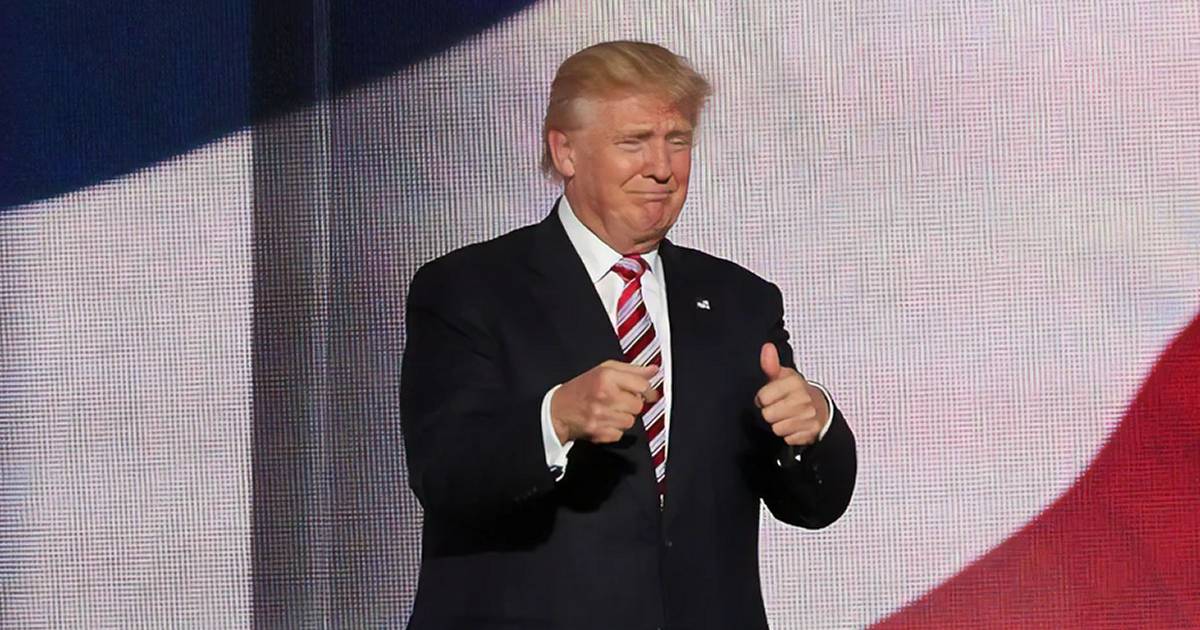
Image: History in HD
The introduction of tariffs on imported solar panels and cells in the USA has resulted in the loss of tens of thousands of jobs and billions of dollars in new private sector investment says a solar industry trade association.
The consequence of a trade case launched in April 2017 brought by a bankrupt local manufacturer, U.S. President Donald Trump gave the nod for punitive tariffs to be introduced in January last year. Known as “Section 201” tariffs, they started out at 30% in 2018, dropped to 25% in 2019, will decrease again to 20% in 2020 and then be levied at 15% in 2021.
A midterm review process to be undertaken by the U.S. International Trade Commission (ITC) will kick off on December 5 (local time).
62,000 Solar Jobs Lost
According to the Solar Energy Industries Association (SEIA), the tariffs have been responsible for the loss of more than 62,000 U.S. jobs and $19 billion in new private sector investment so far.
SEIA states the tariffs have resulted in the cancellation of 10.5 gigawatts of solar capacity, which would be enough to power the equivalent of 1.8 million homes and avoid 26 million tonnes of carbon emissions. That emissions figure is assumed to be per year, but seems to be a rather high estimate based on 10.5 gigawatts of capacity.
A report released by the SEIA claims solar panel prices in the USA are 43 – 57% higher than the global average, reducing overall demand for large- and small-scale solar power.
The High Cost Of Small Solar Systems In The USA
Small scale solar power systems in the USA were costing around USD $3.00 a watt on average in July; so approximately USD $18,000 or around AUD $26,300 before the 30% income tax credit (ITC) – ~AUD $18,400 after ITC.
We’re very fortunate here in Australia where the cost of solar is far lower – around $5,000 – $9,000 for a good quality 6kW system (after subsidy). Higher solar panel prices in the USA aren’t the only factor in the cost of systems there, but certainly aren’t helping things.
Solar Jobs Tradeoff
While the U.S. solar industry has seen moderate growth thanks to policy actions taken by state and local governments, the Section 201 tariffs have significantly reduced the efficacy of those policies. The SEIA says the tariff situation is costing the U.S. economy more than $10.5 million per day in unrealized economic activity.
“This stark data should be the predicate for removing harmful tariffs and allowing solar to fairly compete and continue creating jobs for Americans,” said SEIA President and CEO Abigail Ross Hopper.
The penalties were meant to protect and generate U.S. solar panel/cell manufacturing jobs – so, how has that worked out? According to SEIA, just 2,000 new jobs have been created.
“Each new solar panel manufacturing job cost the U.S. 31 service jobs, 5.3 MW of deployment, and nearly $9.5 million in investments —this is a bad deal for America,” states the report.
SEIA is encouraging solar workers and supporters to rally outside of the ITC building on December 5 to urge the Administration to dump the tariffs.
The SEIA’s full report can be downloaded here.

 RSS - Posts
RSS - Posts



Speak Your Mind